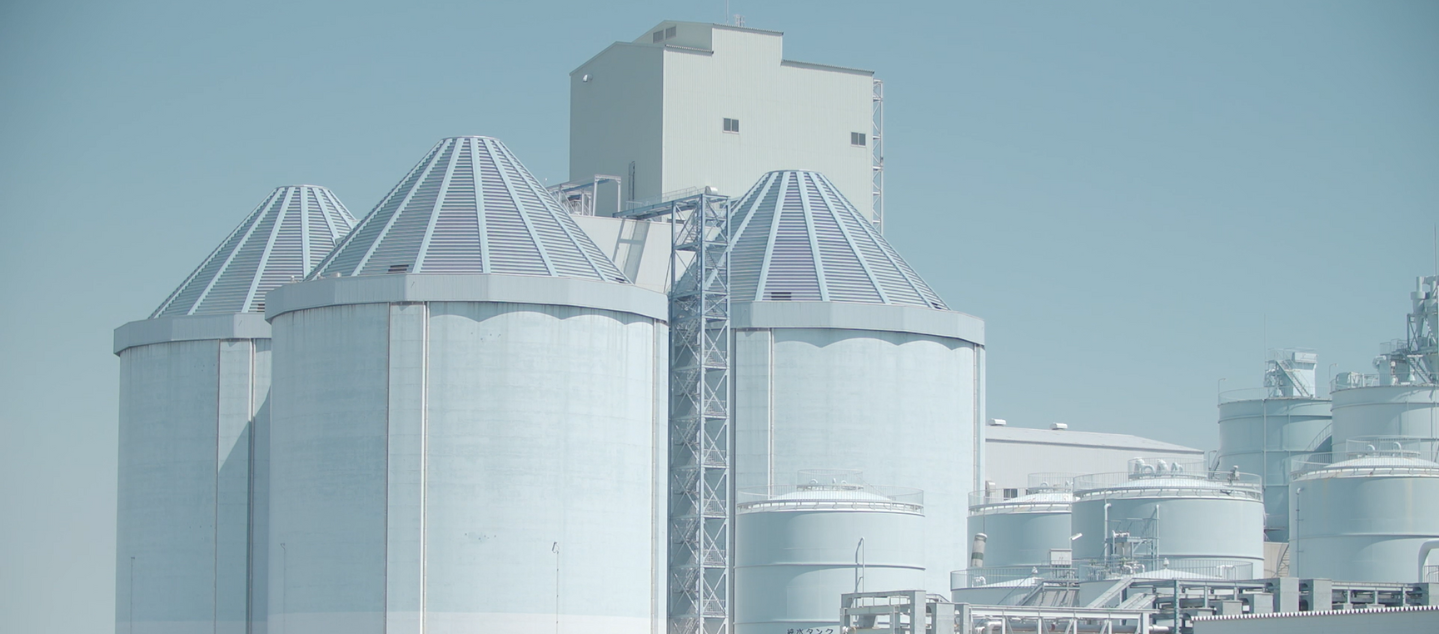High-Efficiency Low Emissions (HELE) technologies are crucial to achieving near-zero emissions from coal. These plants boast exceptional efficiency, raising the thermal efficiency from the global average of 37.5% to 47.5%-49% (net LHV). This substantial improvement could reduce global emissions by 2 Gigatonnes.
How does it work?
In a HELE coal power system, essential components used in conventional coal power plants operate at higher steam temperatures and pressures, enhancing efficiency.
The system can include a high-pressure (HP) turbine, an intermediate-pressure (IP) turbine, and one or more low-pressure (LP) turbines. Steam passes sequentially through these turbines.
Additional efficiency gains come from reheating the steam between the HP and IP turbines, either once (single reheat) or twice (double reheat). The latter provides a more efficient system, it requires a higher capital cost.
Today, CCS can reduce CO2 emissions by up to 90% to less than 100 grams per kilowatt-hour, current systems could technically reduce emissions by 99% – CCS can mitigate enough emission from a coal plant to meet the requirements of the global net zero targets.
Case Studies
HELE facilities can be found in 23 countries across Europe, Asia, the United States, and Australia.
Around the world, there are 49,000 MW of ultra-supercritical (USC) HELE facilities worldwide, comprising 379,000 MW in operation and 110,000 MW under construction.
Supercritical (SC) power plants currently have 541,000 MW in operation with an additional 32,000 MW under construction.
These USC and SC plants account for more than 90% of all new coal capacity being built However the less efficient subcritical technology still accounts for more than half the world’s coal fleet.
Each percentage point gained from raising efficiency can reduce CO2 by 2 percentage points. Combined with control equipment for SOx, NOx, and particulate matter, USC can deliver more power with a much lower environmental impact.
In our joint report with the ASEAN Centre for Energy (ACE) “Clean Coal Technology in ASEAN Balancing Equity, Security & Sustainability”, we found that if investment of US $26 billion was used to upgrade existing subcritical coal power plants with ultra-Supercritical technology this would reduce annual emissions by 60 million tCO₂, the equivalent of removing 31.5 million cars per year.
Whereas if US $26 billion investment was allocated to offshore wind, it would only displace 7 GW of subcritical coal capacity, reducing annual emissions by 35.8 million tCO₂, the equivalent of removing 19 million cars per year.
